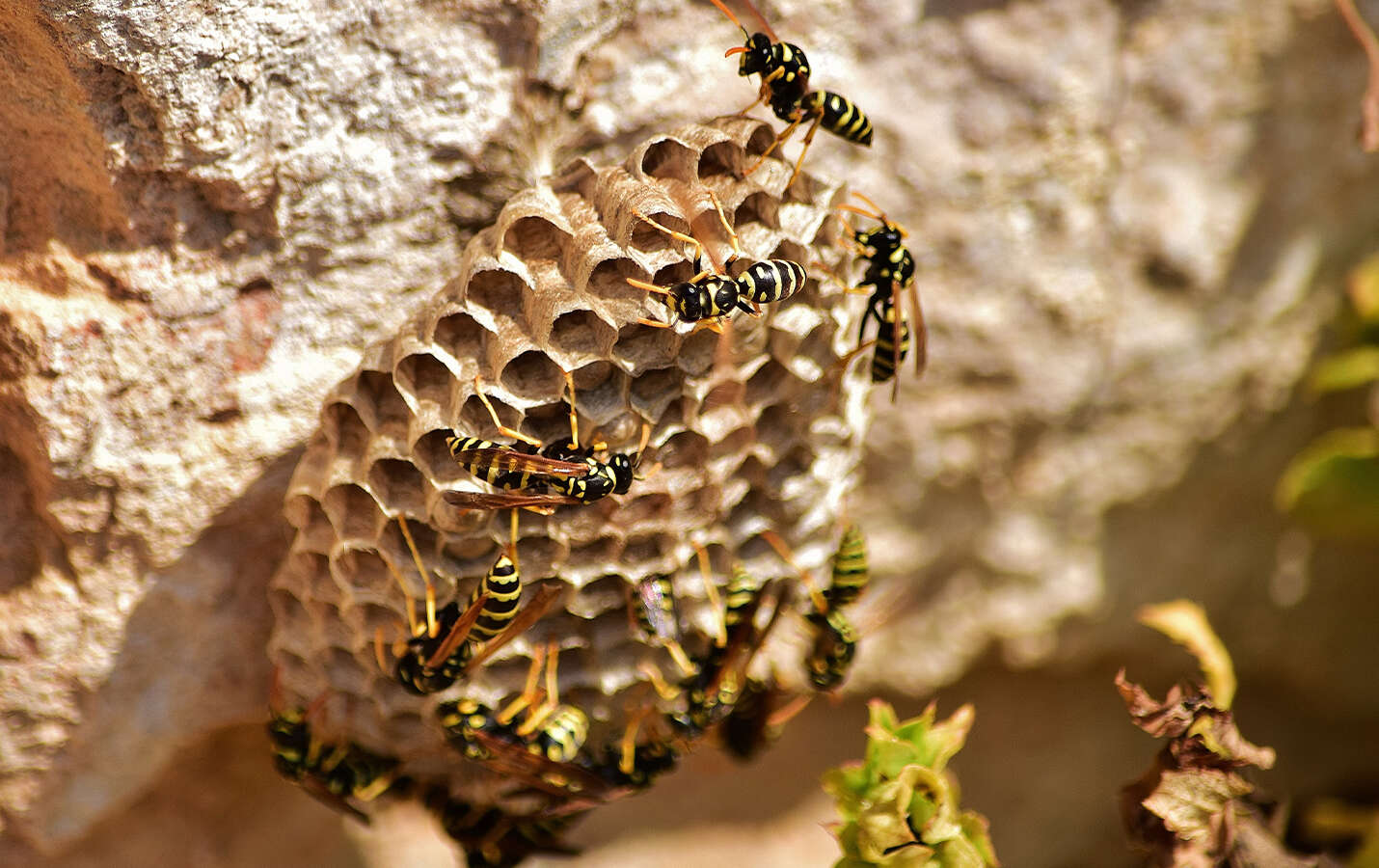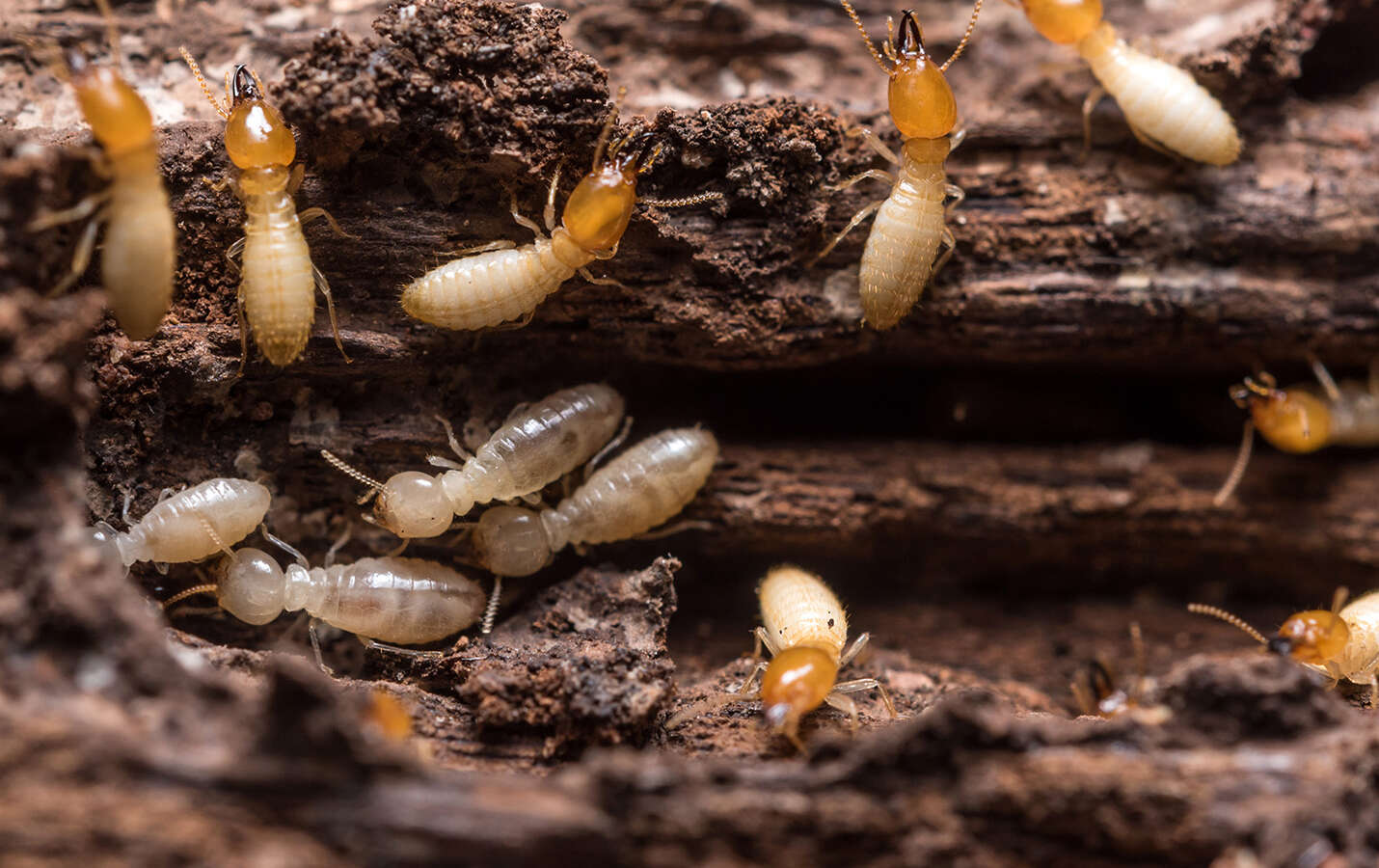Pest control is a topic often surrounded by myths and misconceptions that can lead to ineffective treatments and unnecessary anxiety. One common myth is that all pests can be eradicated by simply using over-the-counter products. While these products can be helpful for minor infestations, they often fail to address larger issues or the root causes of pest problems. Many pests, such as termites and bed bugs, require professional intervention for complete eradication. Homeowners may find that, despite repeated applications of these products, their pest problems persist, ultimately leading to frustration and additional expenses.
Another prevalent myth is that natural or DIY remedies are always safe and effective. While some natural treatments, like essential oils or vinegar solutions, can offer temporary relief, they are not a one-size-fits-all solution. Many pests are resilient and may not respond to these methods, leading homeowners to believe their problem is more severe than it actually is. Furthermore, some natural substances can pose risks if not used correctly, particularly around pets and children. For instance, while diatomaceous earth is often touted as a safe pest control method, it can irritate the respiratory systems of both humans and pets if not handled properly.
The idea that pests only invade dirty homes is another myth worth addressing. In reality, pests are primarily driven by the search for food, water, and shelter, which can be found in any home, regardless of cleanliness. Even the tidiest of households can experience infestations, especially if there are food sources left out, improperly sealed containers, or entry points that haven’t been sealed. Additionally, pests like mice and cockroaches can thrive in the walls and foundations of homes, seeking shelter in places that may not be immediately visible.
People also often believe that if they don’t see pests, they don’t have a problem. This misconception can lead to disastrous consequences, particularly with pests like termites that can cause significant damage before their presence is detected. Regular inspections are essential, as many pests operate silently behind the scenes, and early detection can prevent costly repairs. Homeowners may consider scheduling annual pest inspections as a proactive measure, ensuring that potential infestations are addressed before they escalate into serious issues.
Lastly, some individuals think that all pest control methods are harmful to humans and pets. While it’s true that some pesticides can be toxic, many modern pest control companies use integrated pest management (IPM) strategies that prioritize safety and environmental health. These methods often include using targeted treatments that minimize risk while effectively addressing pest problems. For instance, baiting systems can attract and kill pests without the need for widespread pesticide applications, reducing potential exposure for both humans and pets.
Understanding the truth behind these myths is crucial for effective pest management. By debunking these misconceptions, homeowners can make informed decisions and take the right steps to protect their homes. Whether it’s recognizing the limitations of DIY treatments or acknowledging the importance of professional help, dispelling these myths can lead to more effective pest control strategies and a safer living environment. If you’re facing pest issues or have concerns about your home’s safety, contact us today for a free consultation. Let our expert team help you implement the best pest control solutions tailored to your needs! With the right knowledge and professional support, you can ensure that your home remains a comfortable and pest-free sanctuary.



